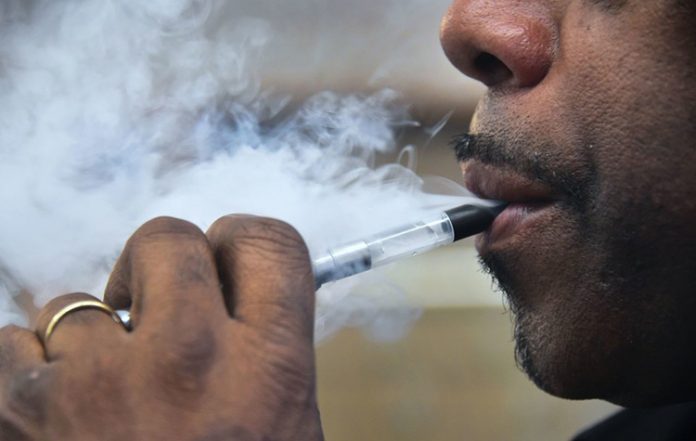A new Yale study investigated the risk factors that can lead to marijuana use in young men, building on prior research that drew connections between the substance and disadvantaged neighborhoods.
The team, comprised of researchers from the School of Public Health and the University of Pittsburgh, found that neighborhood problems, from crime to economic distress, were positively associated with marijuana use, a conclusion that fell in line with the previous research on the topic.
But more surprisingly, said Andre Brown, a postdoctoral scholar at the University of Pittsburgh and co-author of the study, the researchers also found that social cohesion — the connectedness of the neighborhood — was positively associated with marijuana use. That finding was surprising to the researchers, as social cohesion is generally related to positive health behaviors, Brown said.
“The finding that more neighborhood problems lead to more marijuana use was pretty expected,” said Tamara Taggart, postdoctoral fellow at the School of Public Health and lead author of the study. “What was not expected was the finding that more social cohesion leads to more days of marijuana use.”
The finding speaks to the need for a greater understanding of how and why different social ties in a community may support the use of marijuana, Taggart said. Taggart stated that individuals within certain communities may use more marijuana if they have social networks with more permissive attitudes toward use.
In light of the recent wave of marijuana legalization across the country, scientists have dedicated more time and resources to understanding the risk factors involved in marijuana use, Brown said. This research has proved particularly important in communities of color, which are disproportionately affected by marijuana-related arrests and incarceration, he said.
The researchers surveyed 119 majority black men based in New Haven to determine what factors contribute to a higher likelihood of marijuana use.
The survey asked participants about their marijuana habits, which helped researchers differentiate between different extents of usage — from nonexistent to problematic, Taggart said. The survey also asked questions that helped illuminate the participants’ neighborhoods, backgrounds and the amount of social cohesion in their communities, she added.
Given that the study contained an all-male sample, the researchers also opted to include in the study a variable for masculinity — a term that in this context encompasses traits such as toughness and anti-femininity, she continued.
“We found that as men’s endorsement of traditional masculinity rose, so did men’s engagement in marijuana use,” Brown said.
Men are socialized to restrict their emotions, which may lead them to use marijuana to cope with their stressors, Brown said. Men are also expected to be tough and to take risks, which can also contribute to substance abuse, he continued. However, other masculinity-related traits such as self-reliance may cause men to take better care of their health and avoid excessive substance use. This is evidence, Brown said, that overall masculinity is not inherently toxic and that some masculine behaviors have positive consequences.
Taggart said she hopes that the research will help lead to a greater understanding of social cohesion and the role it plays in individual neighborhoods. More specifically, researchers can deploy knowledge that socio-contextual factors cause increased marijuana use to create structural- and community-based interventions, she added. Brown emphasized the need for interventions that address larger structural inequities, such as poverty.
“Poverty underlies practically every health disparity that we can think about, from cancer to homicide to diabetes,” Brown said. “Certainly there is something about poverty that needs to be addressed that supersedes all of these health conditions, including marijuana use. I really want to think about how we can use this research to influence health policy and social policy to get more resources into marginalized communities and build them up.”
According to the American Civil Liberties Union, black people are 3.73 times as likely as white people to be arrested for marijuana possession, even though marijuana use is roughly equal between the two demographics.














